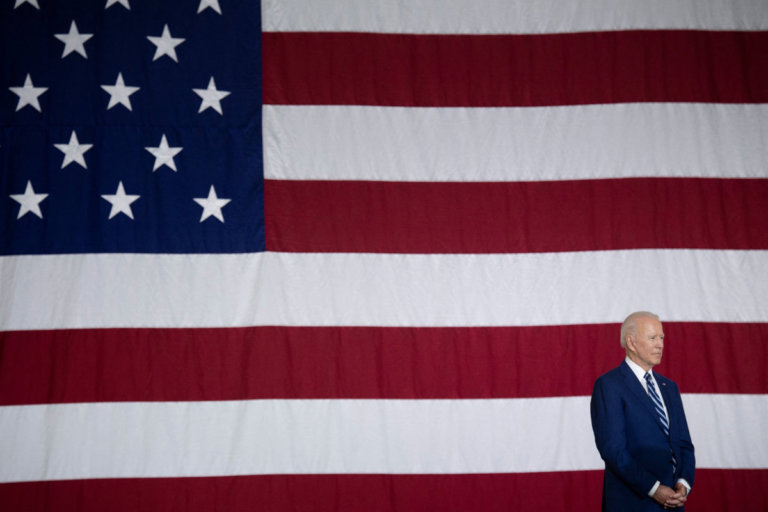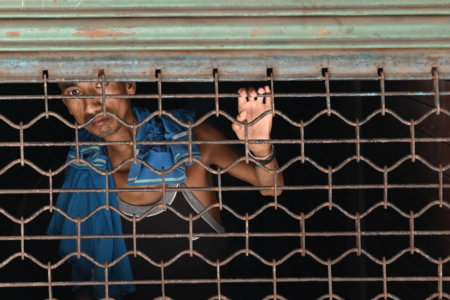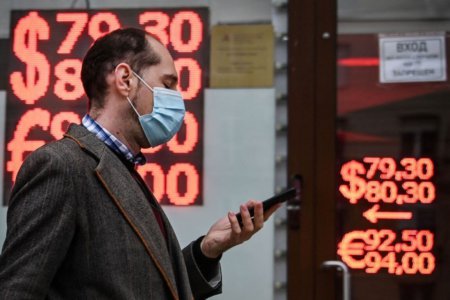
As visa processing continues to run on a backlog, higher education insiders and providers in the US are desperate to reinstate the international student flow into the country. Worries are mounting on whether students will make it back for the fall semester, which was previously set as the target for them to resume campus life. Now, US institutions are begging President Joe Biden to take quicker action to ease international student return.
According to the Institute of International Education (IIE), US institutions received close to 1.1 million international students in the 2019-2020 academic year. Last year, international enrolments suffered a 43% dip — trying to bounce back from this could take years, experts say.
A Moody’s report recently projected that the COVID-19 pandemic will negatively affect higher education for the next year; the longer the outbreak continues, the direr its impact. Though enrolment is expected to pick up in the fall, it will still be slowed down by travel restrictions and global competition. In fact, the report also pointed out how public US universities are at a higher risk of running a loss than their global counterparts due to reduced funding and investment income.

International students and scholars may only return for the fall semester if they secure a visa — which is increasingly challenging for those in pandemic-struck countries. Source: Mark Ralston/AFP
Calls for action on international student quandary
Predicting a backlog that will delay the return of international students in August, NAFSA: Association of International Educators has asked Secretary of State Antony Blinken to prioritise processing for students and scholars. “Workload increases drastically when staff goes down, even if international students and some visas are prioritised,” said Jeanne Batalova, a senior policy analyst at the Migration Policy Institute. That’s why international students would benefit from amendments to the visa interview process, including the use of videoconferencing.
Pandemic restrictions in China and India — two major source countries for international students in the US — complicate matters further. For example, IIE president Allan Goodman points out that it can be hard for students in India to secure an appointment with their local consulate as many remain shut during the health crisis. So while the enthusiasm to study abroad is still alive, “The problem is, can people get here and how much of that is dependent on containing the virus, banks opening, consulates opening, vaccinations happening,” he said.
Priyank Lathwal, Carnegie Mellon University doctoral student from India, explained how many students intended to return home for their F-1 visa extension. “They’re unable to do so because there’s a lag in the system in terms of processing of visas and embassies are shut in India,” he told Politico.
In late April, Harvard University President Lawrence Bacow made the case for the return of international students in a letter to US Citizenship and Immigration Services (ICE) director Tracy Renaud. “I hope you will consider, on a permanent basis, providing new flexibility for colleges and universities to offer international students opportunities to engage education programmes that are low residency or hybrid, which would allow us to extend the reach of our programmes to more students,” he pleaded, highlighting how universities are still bearing the brunt of anti-immigration policies in the Trump era.
Earlier that month, 17 presidents and chancellors of universities throughout New York urged the US government to take a series of immediate actions that will allow greater numbers of international students to return to US universities for the fall 2021 semester. They called for the reopening of US embassies and consulates to process student visas and facilitate visa appointments. Though the Biden administration takes a more positive view on immigration — especially concerning international students — compared to their predecessor, it is impossible to make significant headway as long as pandemic restrictions are in place.
Students from China, Iran, Brazil, South Africa, Ireland, the United Kingdom, and Europe’s Schengen Area may enter the US for courses beginning August 1 onwards, if they obtain a visa on time.










